Bulankulama and Others v Secretary, Ministry of Industrial Development and Others
[2000] 3 Sri LR 243
By: Kumudika Perera

Bulankulama case is celebrated as a judgement that championed environmental conservation against an erratic development project. This blog highlights its relation to the Environmental Impact Assessment (EIA) process.
Court: Supreme Court (Fundamental Rights)
Majority opinion by: Amerasinghe, J. (Unanimous Judgement)
Facts:
Representatives of the Sri Lankan Government, Freeport Mac Moran of the United States of America (USA), and its affiliate IMCO Agrico initialled the final drafts of the Mineral Investment Agreement (Agreement) to explore and mine phosphate from the phosphate rock at Eppawela, in Anuradhapura District. The petitioners were residents of Eppawela and stated that the proposed Agreement will not only be an environmental disaster but an economic disaster.
Issues:
- What was the nature of Phosphate Mining?
- Which fundamental rights of the petitioners were affected?
- Can the Executive act arbitrarily in the management of the natural resources of the State?
- What is ‘Sustainable Development’?
- What were the possible impacts of allowing the proposed Agreement to proceed?
- In light of the impacts, which areas should be covered by the Environmental Impact Assessment (EIA)?
- What is the importance of ‘public participation’ in the EIA process?
- Can an ‘Environmental Study’ compromise the need of an EIA and circumvent the law?
- Can the Secretary to the Minister become a Project Approving Agency (PAA)?
- Was it prudent to select Freeport Mac Moran as the project proponent for the Joint Venture?
- What were the orders made by the Court?
Judgement:
- The proposed project on phosphate mining and mineral extraction at Eppawela is a Prescribed Project (pg. 306) under Part I (6) in Gazette Extraordinary No. 772/22 dated 24. 06. 1993 per section 23Z of National Environmental Act, No. 47 of 1980 as amended (NEA 1980). Thus the project proponent company is required to submit itself to the EIA process before mining is commenced. Furthermore, plants for the production of phosphoric acid and sulphuric acid cannot be constructed before compliance with the EIA process prescribed by NEA 1980. The judgement also stated that the company has to comply with several other legislations as well (pg. 293).
- Petitioners are citizens of Sri Lanka and residents in Eppawela area. Some of them are land owners and/ or paddy and dairy farmers. Some owned land and were at the risk of losing a portion of their lands and means of livelihoods. As no Feasibility Study and no Development Plan was there for the project, moreover with no guarantee that these documents will be made available, petitioners could not feel assured that their individual and collective rights will be protected (pg. 300). Moreover, the scale of displacement depended on the Feasibility Study. That did not mean that at present time it could confidently be asserted that no relocation would take place. Therefore, there was an imminent infringement of the fundamental rights guaranteed under Articles 14(1)(g) and 14(1)(h) of the Constitution. There was an imminent infringement of Article 12(1) of the Constitution as well.
- The court held that the organs of State are guardians to whom the people have committed the care and preservation of the resources of the people. While recognizing that the Executive has a significant role in resource management conferred by law, the court held that the management of natural resources has not been placed exclusively in the hands of the Executive. The exercise of Executive power is subjected to judicial review. Hence, the Supreme Court has the sole and exclusive jurisdiction to hear and determine any question relating to the infringement or imminent infringement of any fundamental right by executive or administrative action. The court also recognized the collective rights of the citizenry and the petitioners’ rights regarding their standing (pg. 258).
- Quoting the Danube Case, Amerasinghe J. held that, ‘just as development was the aim of this system, it was accompanied by a systematic philosophy of conservation’ (pg. 254). The court discussed ‘Rational Planning’ reflected in the United Nations Conference on the Human Environment (Stockholm Declaration) 1972 and Rio Declaration on Environment and Development (Rio Declaration) 1992 and elaborated that:
‘Stockholm and Rio De Janeiro Declarations are not legally binding in the way in which an Act of our Parliament would be. It may be regarded merely as ‘soft law’. Nevertheless, as a Member of the United Nations, they could hardly be ignored by Sri Lanka. Moreover, they would, in my view, be binding if they have been either expressly enacted or become a part of the domestic law by adoption by the superior Courts of record and by the Supreme Court in particular, in their decisions.’
(pg. 274 – 275)
The court also added that the existing phosphate supplies would be exhausted too quickly and according to the timeframe, it will cause serious environmental harm that would affect the petitioners’ safety, livelihoods as well as cultural heritage. The judgement thus highlighted the intergenerational equity principle at pages 276 – 277. Attention was also drawn to the fact that if it was ‘found that the inferred reserves are less than presently anticipated, there was no provision in the proposed Agreement to slow down the exploration rate.’ Amerasinghe J. thus weighed that, ‘human development and the use of natural resources must take place in a sustainable manner’ as phosphate is a non-renewable resource.
‘Decisions with regard to the nature and scale of activity require the most anxious consideration from the point of view of safeguarding the health and safety of the people, naturally, including the petitioners, ensuring the viability of their occupations, and protecting the rights of future generations of Sri Lankans’ (pg. 279).

- Impact on places of archaeological importance, small irrigation canals being in danger of being destroyed, and the entire irrigation system of North Central Province being adversely affected were highlighted. The factory for production of phosphoric acid and sulphuric acid which are highly polluting substances proposed in a land next to Trincomalee Bay, would render the area unusable in the foreseeable future. Furthermore, waste products from large-scale phosphate mining include phospho-gypsum and other radioactive substances and the Court identified that how to dispose of the generated gypsum had not been properly addressed. Highlighting the Precautionary Principle in Rio Declaration 1992, the court held that:
‘… if ever pollution is discerned, uncertainty as to whether the assimilative capacity has been reached should not prevent measures being insisted upon to reduce such pollution from reaching the environment’ (pg. 287).
The judgement held that the GM of MPPA had highlighted the possible impacts on marine ecosystems if the gypsum ended up in the sea and had requested that those should be carefully looked into during the EIA stage (pg. 286). At the processing site, effluents and other pollutants would pose severe environmental threats unless adequate counter-measures were adopted. It was also stressed that large pits and gullies left by mining would provide a breeding ground for mosquitoes (pg. 284 – 285).
Therefore, the court held that the Agreement should also state that the ecological restoration of the areas affected by mining must be carried out by the prospector at his own cost (pg. 289). This position reflects the ‘Polluter Pays’ principle, which is also enshrined in the Rio Declaration 1992.
- The company was to include in the Feasibility Study, an ‘Environmental Study.’ In this Environmental Study the potential impact of the operations on land, water, air and biological resources and on socio-economic, cultural and public health aspects were to be

- discussed. Measures to mitigate the adverse impacts, measures for restoring and rehabilitating the contract area and any project areas were to be underlined in the Environmental Study (pg. 295 – 296). However, even this Feasibility Study and the Development Plan, per the Agreement, were treated as confidential so that the petitioners would not know even if they were affected (pg. 298).
- The proposed Agreement made no reference to the preparation or submission of any EIA as required by NEA and the regulations made thereunder. The court thus stressed Principle 17 of the Rio Declaration 1992. Importance of public participation in the EIA process was enunciated by the court as follows:
‘… if the project is approved after a hearing had been given to the public, the persons who are aggrieved will have an opportunity to come before the Court to have the decision quashed’ (pg. 302).
The judgement stated that this mining project is a prescribed project and must have had the approval of a PAA. Furthermore, the court questioned that if an application for approval of the project was made to the Central Environmental Authority (CEA), why there was no reference to that in the pleadings. The court then elaborated the EIA procedure from page 309 onwards and highlighted that comments from statutory or other legal persons as well as organizations and any individual are entertained under the Act. The court added that a public hearing also should have been held given the circumstances of the case and highlighted Principle 10 of the Rio Declaration 1992.
- The court went on to emphasize that the proposed Agreement attempted to substitute a procedure for that laid down by the law, even though the law is clearly stated in NEA 1980 and the regulations made thereunder. Rule of law and the importance of following the due process of EIA laid down by the law was highlighted as follows:
‘It was assumed that by a contractual arrangement between the executive branch of the government and the Company, the laws of the country could be avoided. That is an obviously erroneous assumption, for no organ of Government, no person whomsoever, is above the law’ (pg. 314).
Project proponents cannot decide when, if ever they will comply with the law. Here, an extraordinary Environmental Study contravening NEA, reinforced by the confidentiality provisions of the proposed Agreement effectively excluding public awareness and participation was adopted, and made the Secretary to the Minister assigned for the subject of mines and minerals, the PAA. Also the proposed Agreement substituted arbitration for judicial review; whereas the public has no role to play in arbitration. Therefore, the court concluded that the proposed Agreement sought to circumvent the law and its implementation is biased towards the company. Henceforth there was an imminent infringement of Article 12(1) of the Constitution.
- Practically unlimited discretion had been given to the Secretary and the Agreement substituted the Secretary as a PAA even though such a Secretary cannot be a PAA in terms of NEA 1980 (pg. 317). Therefore, the role of CEA as the PAA was completely ignored. Furthermore, judicial review was replaced by arbitration (pg. 246). As judicial review was not available, how litigants like the petitioners will be able to afford arbitration was doubtful. Therefore, there was no easy access to justice under the Agreement.
- The Government ought to have taken the New Zealand proposal into account as being more appropriate (having regard to intergenerational equity and environmental considerations). Petitioners also argued that the past records of environmental pollution by Freeport Mac Moran and IMCO Agrico were notorious even in their home country, USA. It has had poor records in Indonesia and in the Southern Pacific Island of New Guinea, so it was prudent to have the company’s credibility regarding environmental matters checked.
- Trading life away for money is a bad bargain. In this case, derogation of the fundamental rights of the petitioners was not permissible as in any event, the circumstances leading to the imminent infringement had not been prescribed by the law, but arose out of a mere proposed contract and therefore did not deserve to be even considered as permissible (pg. 320).
The court held thus:
- Imminent infringement of the fundamental rights of the petitioners guaranteed under Articles 12(1), 14(1)(g) and 14(1)(h) of the Constitution was established.
- Respondents were directed to desist from entering into any contract relating to the Eppawela phosphate deposit until comprehensive exploration and study had been conducted and the results had been published.
- Any project proponent had to obtain the approval of CEA (per this case) according to law, including the decisions of the superior Courts of record of Sri Lanka.
- Order for costs was made in favour of the petitioners.
Importance of the Ruling
- The Rule of Law was upheld.
- Importance of following the EIA law and procedure was established.
- The connection between EIA Law and Human Rights was portrayed.
- The importance of precautionary principle, rational planning, polluter pays principle, public participation and inter-generational equity were recognized. Similarly, that the soft law of international law had to be taken into account in decision-making was emphasized.
- That the Organs of the State have to act as the Guardians of the resources of the people was stressed by the Supreme Court.







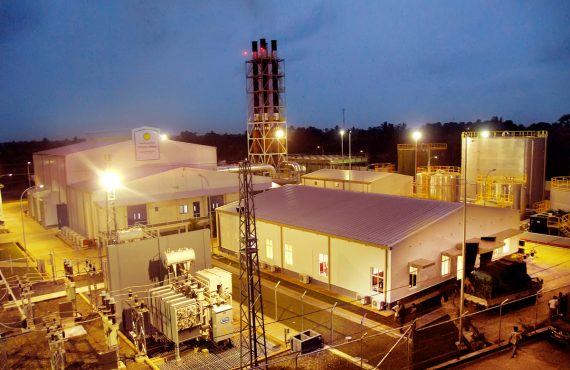

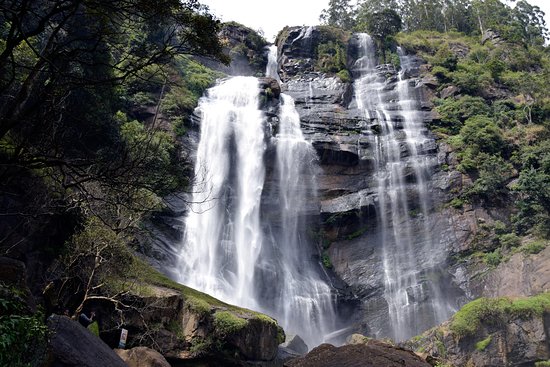



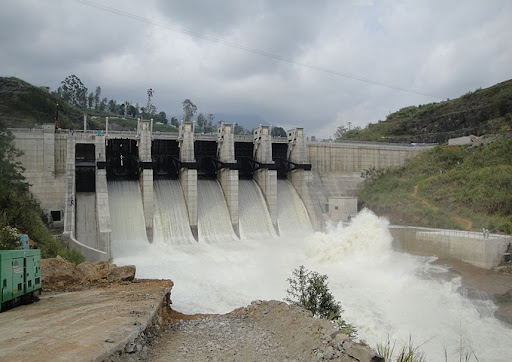


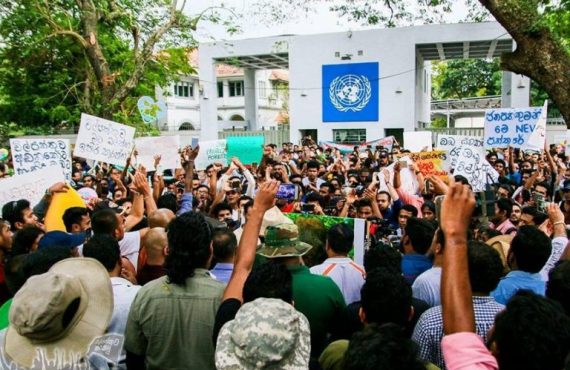




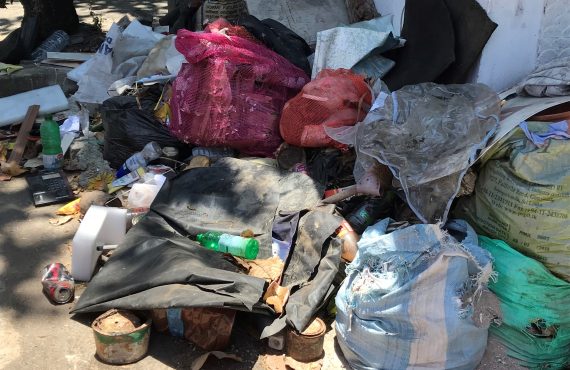



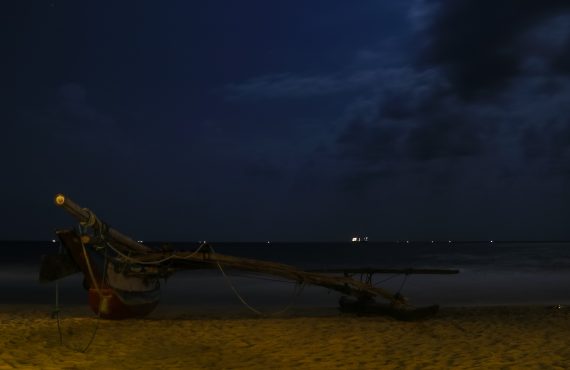





No comments yet.